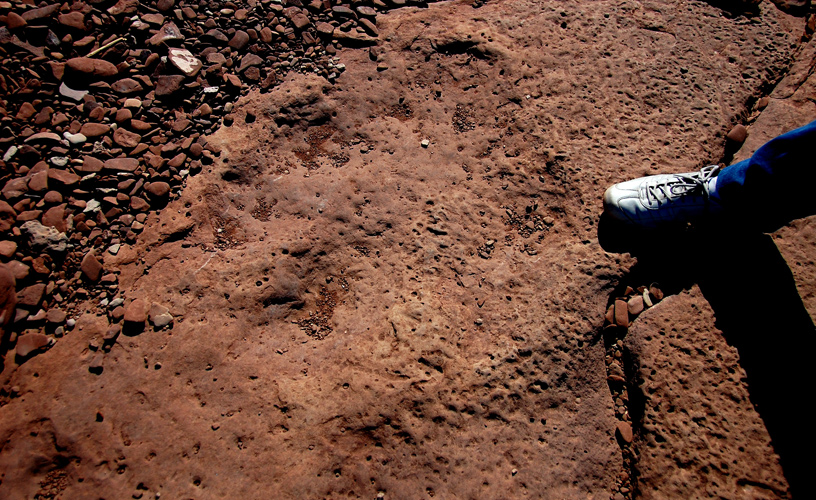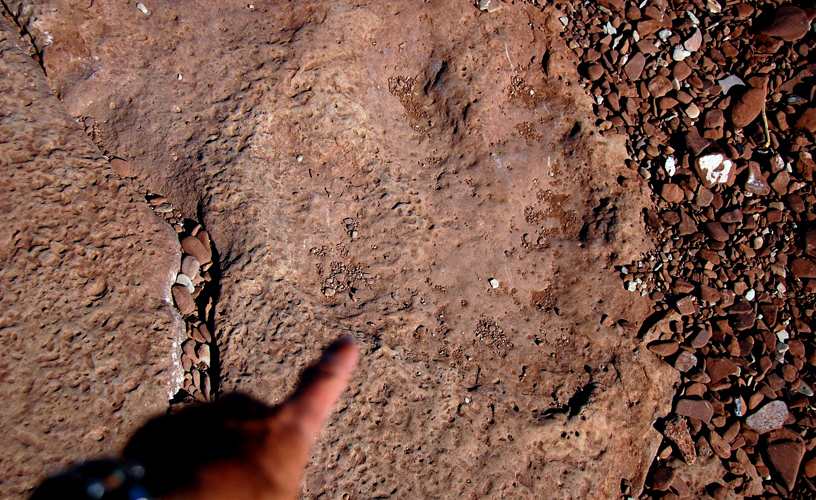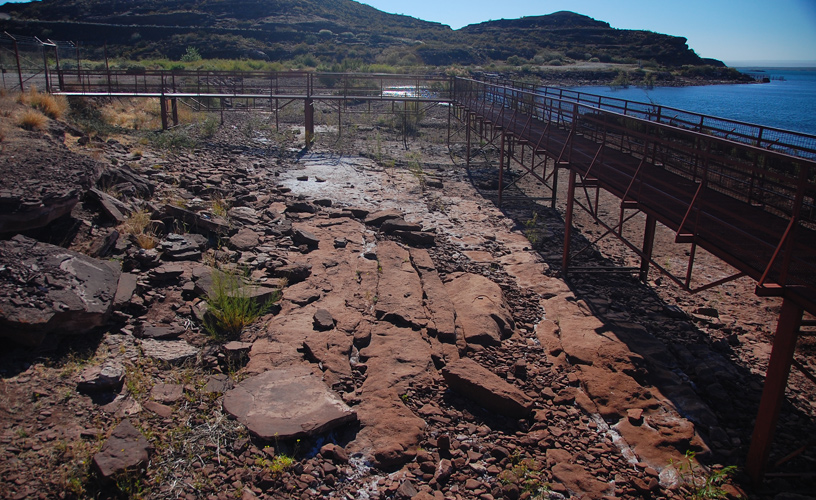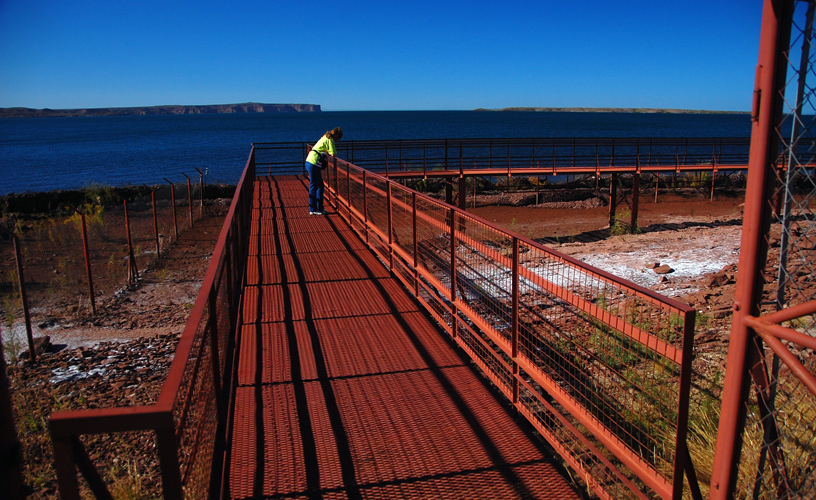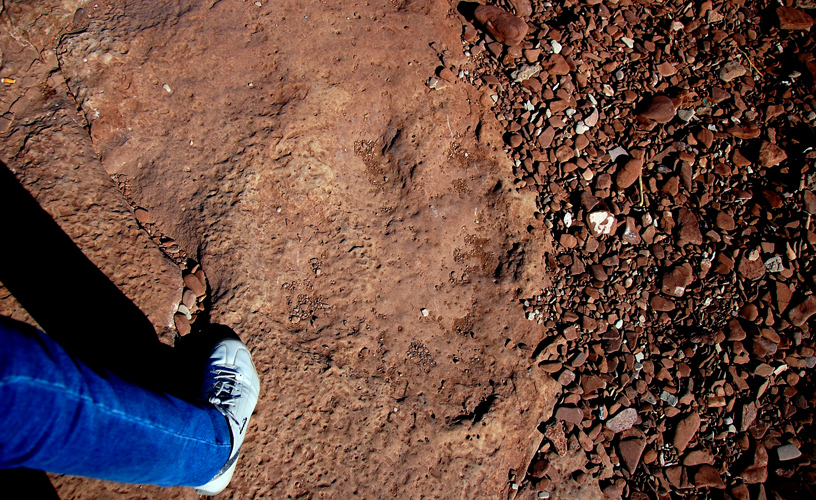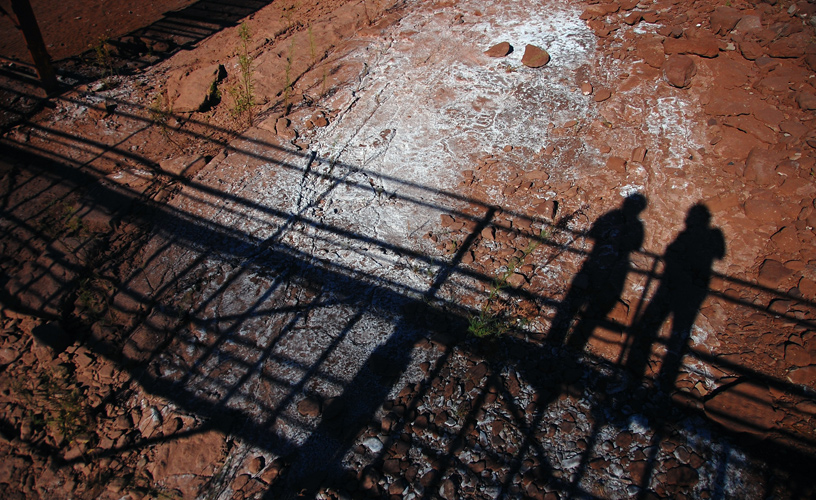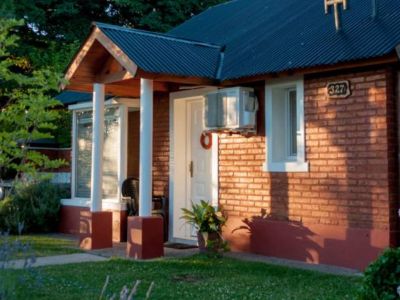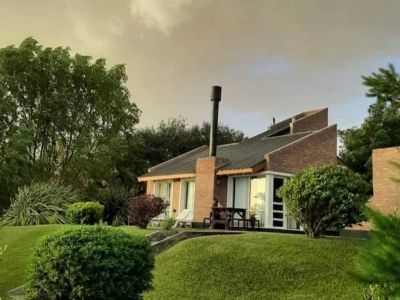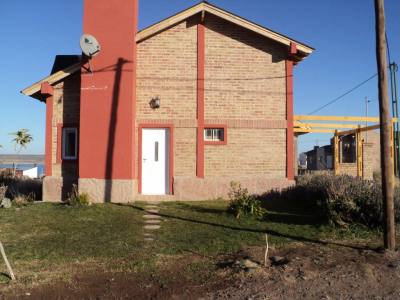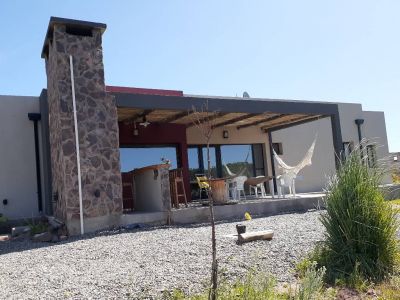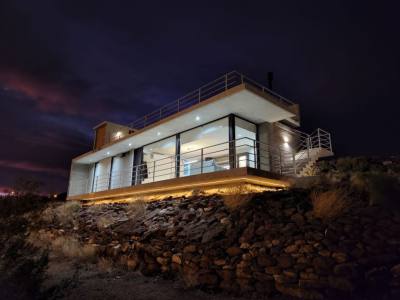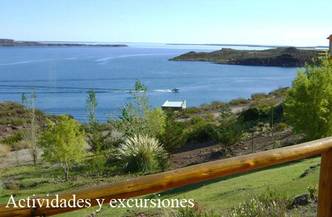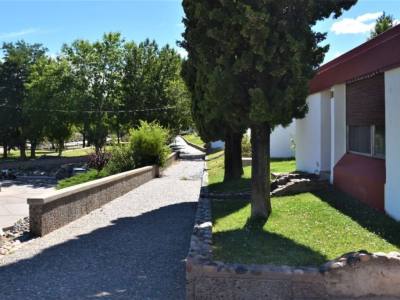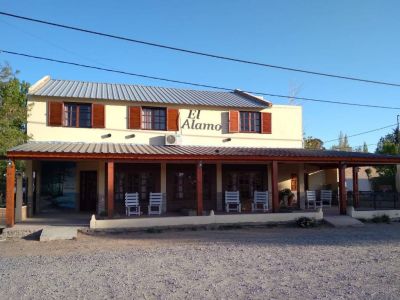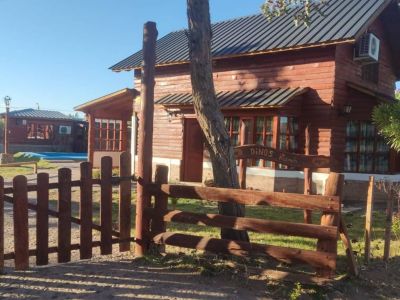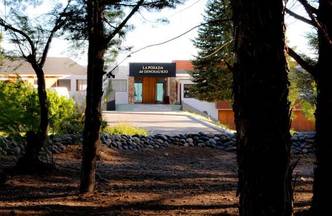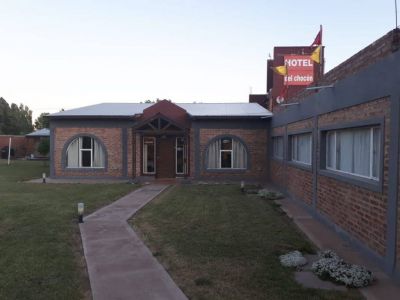Following Dinosaur Tracks
On the shores of Lake Ramos Mexía, hardly preserved by some metallic footbridges, dinosaur steps may be identified and photographed at first sight.
Dinosaur tracks? Where? Who said that? The answer is: yes, there are dinosaur tracks. They are easily appreciated with the aid of some previously acquired knowledge. Millions of years have passed since the days the valley of Neuquén was dwelled by dinosaurs to the moment we visited the area in order to get proof of that fact. The district where Villa El Chocón lies today used to be the “home” of various kinds of dinosaurs, of which important pieces have been found. Some of them rest at the Ernesto Bachmann Museum. At that venue, we observed some photographs of the tracks left on the soil by the prehistoric saurians. The most evident lay on the lakeshore, very close to the neighborhood known as Llequén. And what was incredible was that they were in excellent condition. Upon reaching the site, in the heart of the steppe, we found two spots where the tracks had been individualized. We advanced along some high iron footbridges in order to avoid stepping on the treasures from the past.
Unfortunately, the artificial lake has invaded part of the area and some tracks were covered by mud. It is believed this is a temporary situation. However, the tracks we could see left us speechless. We were amazed not only by their size amazing but also by the fact that the shape of the foot of the huge animal may be easily appreciated. Our minds tried to decipher how the dinosaurs would have walked on this soil leaving their footprints. A hundred million years have passed ever since and we could still see them. The scientists have an explanation. The soft ground, the heavy weight of the animals and the later fossilization of the soil have contributed to this phenomenon. The blazing heat in the area dried and hardened the mud. This gave way to the action of erosion. The tracks were covered by other natural sediments. Thus, a natural mould was managed. They have been found in positive and negative relief. At present, and thanks to experts, there is reliable information about the way they walked, jumped or ran, their speed, and whether they walked on two or four legs. But another question arose: is it possible to discover new tracks in the future? The eroding power of the wind and the water is enough reason to give an affirmative answer. “Don’t you think the protection is not enough? They are really valuable for the footbridge rails to be so low and visitors to be allowed to walk around them”, a woman said and we could not agree more. The bubble of time brought us back to our daily routine. We felt lucky to have seen the dinosaur tracks and also responsible for helping protect scientific values.
Mónica Pons
Eduardo Epifanio
